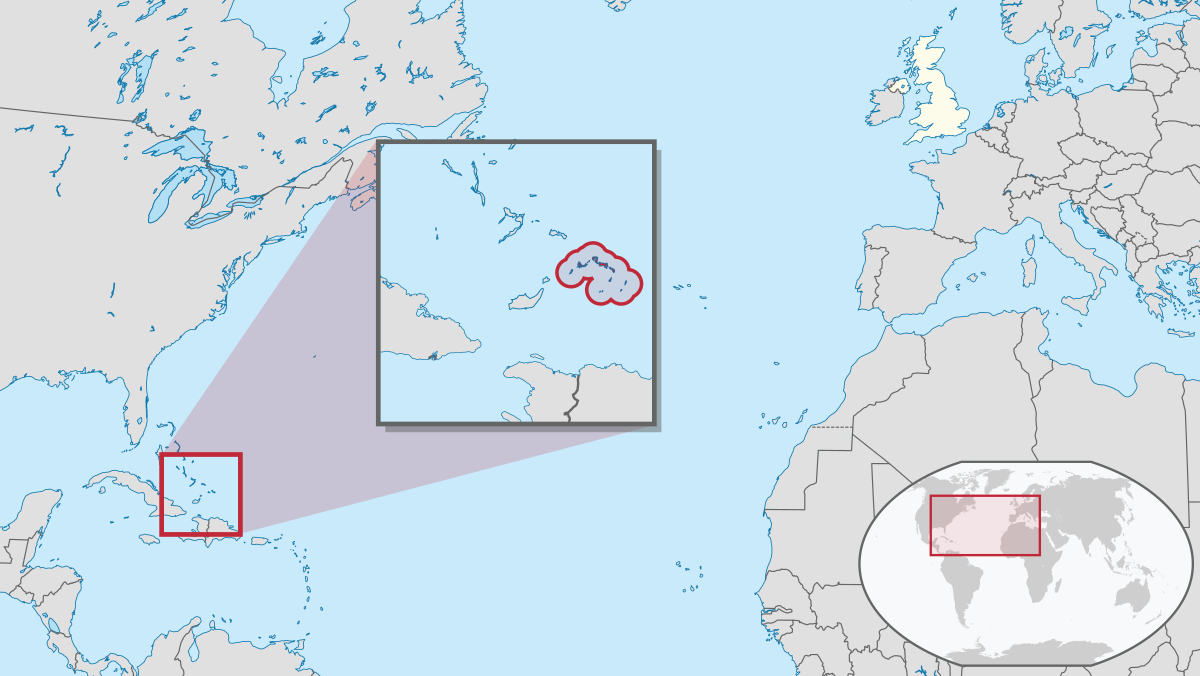
Once upon a time I was a licensed Real Estate Agent in Toronto, Canada and I met these experts at limited partnership, real estate development. They were a couple and both with allot of experience in major resort development in the Turks and Caicos Islands.
The year was 1987 and I was learning from two seasoned veterans how to sell real estate on a far away island, to people from Ontario. Why would a Canadian buy island property you might ask? Well, it would seem that the enterprising couple had learned how to use a Family Estate Trust, to own Limited Partnerships and not need to pay tax, or some such thing.

By TUBS – Own work This W3C-unspecified vector image was created with Adobe Illustrator. This file was uploaded with Commonist. This vector image includes elements that have been taken or adapted from this: United Kingdom in its region.svg (by TUBS). This vector image includes elements that have been taken or adapted from this: Bahamas in North America.svg (by TUBS)., CC BY-SA 3.0, Link
It was all new to me, the idea of buying a limited partnership in a beautiful luxury tropical resort and what ended up happening is those same laws were created for Ontario, not Turks and Caicos but many groups used those regulations to build a glut, also my real estate board said that it was the exploitation of Limited Partnerships that caused the great real estate crash of 1989. Another good thing gone wrong.
Interesting that I’ve always had a desire to visit the Turks and Caicos Islands because what I learned was that for a couple of decades there had been concentrated investments in developing real estate of all kinds and that the location and the luxury of these communities was exceptional.
So I was very happy to be involved in a project recently, that seeks commercial property and licenses in the Turks and Caicos, especially after having seen Bruce Willis had sold his enclave there. Many people say it’s the most incredible tropical properties in the world. Guess I’ll just have to go there and see for myself. Stay tuned, I’ll keep you posted.

The Turks and Caicos Islands (abbreviated TCI; are a British Overseas Territory consisting of the larger Caicos Islands and smaller Turks Islands, two groups of tropical islands in the Lucayan Archipelago of the Atlantic Ocean and northern West Indies. They are known primarily for tourism and as an offshore financial centre. The resident population was 31,458 as of 2012 of whom 23,769 live on Providenciales in the Caicos Islands; July 2018 estimates put the population at 53,700. It is the third largest of the British overseas territories by population.
The Turks and Caicos Islands lie southeast of Mayaguana in the Bahamas island chain, northeast of Cuba, and north of the island of Hispaniola (Haiti and the Dominican Republic). Cockburn Town, the capital since 1766, is situated on Grand Turk Island about 1,042 kilometres (647 mi) east-southeast of Miami, United States. The islands have a total land area of 430 square kilometres (170 sq mi).
The Turks and Caicos Islands were inhabited for centuries by native Amerindian peoples. The first recorded European sighting of the islands occurred in 1512. In the subsequent centuries, the islands were claimed by several European powers, with the British Empire eventually gaining control. For many years the islands were governed indirectly through Bermuda, the Bahamas, and Jamaica. When the Bahamas gained independence in 1973, the islands received their own governor, and have remained a separate autonomous British Overseas Territory since.
The Turks and Caicos Islands are named after the Turk’s cap cactus (Melocactus intortus), and the Lucayan term caya hico, meaning ‘string of islands
Turks and Caicos Photo credit: brittreints on Visualhunt / CC BY
No comments yet.